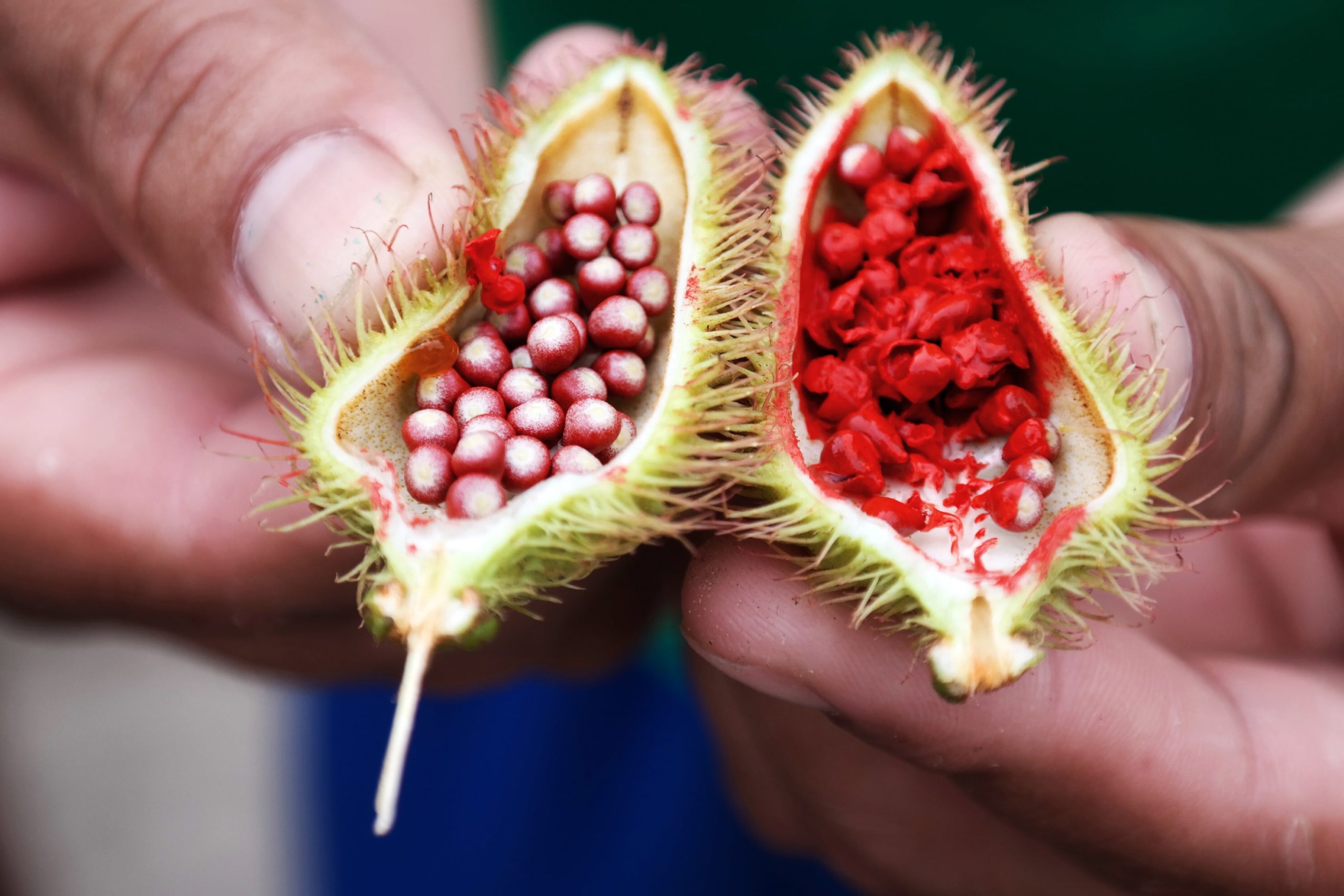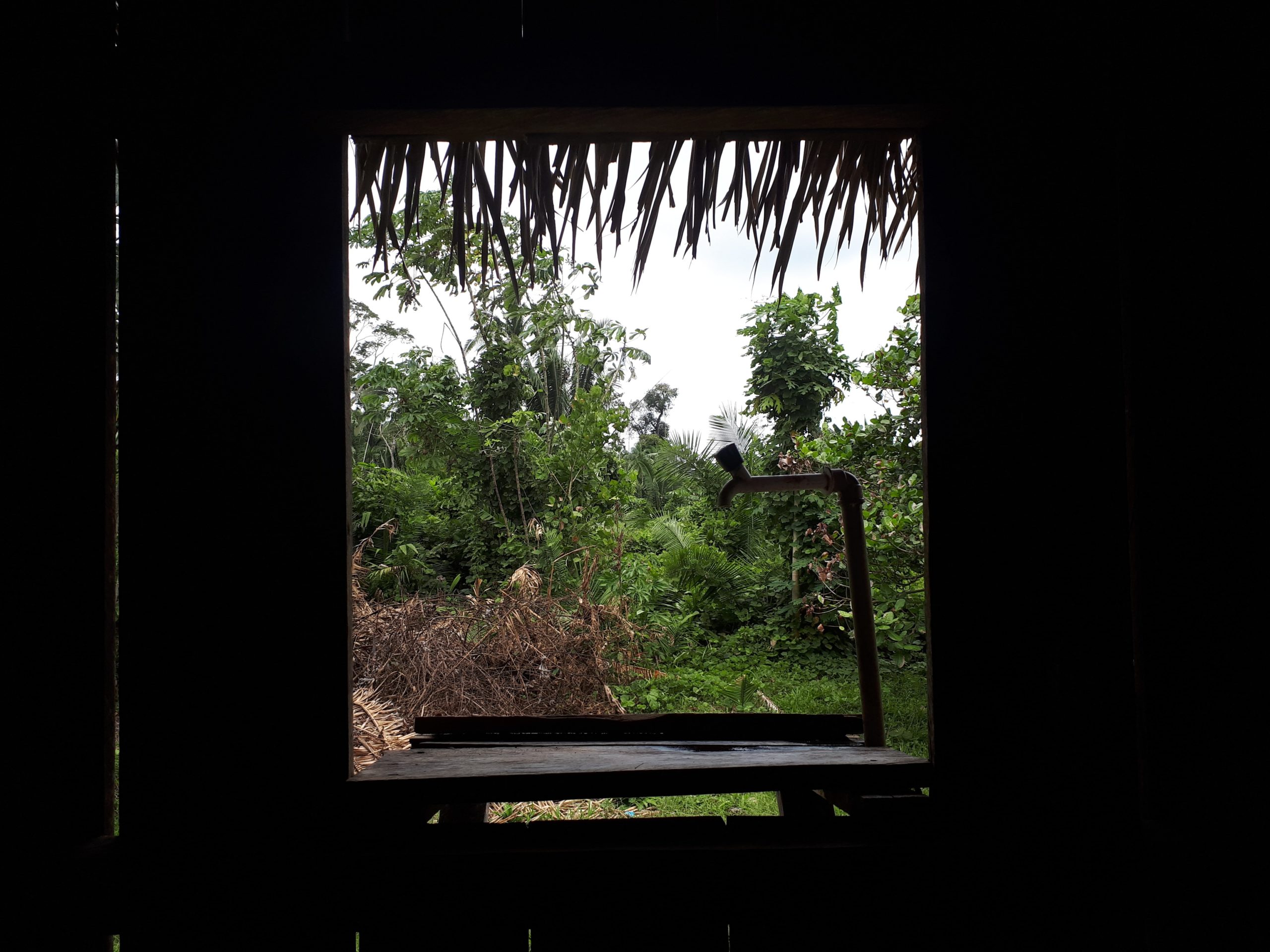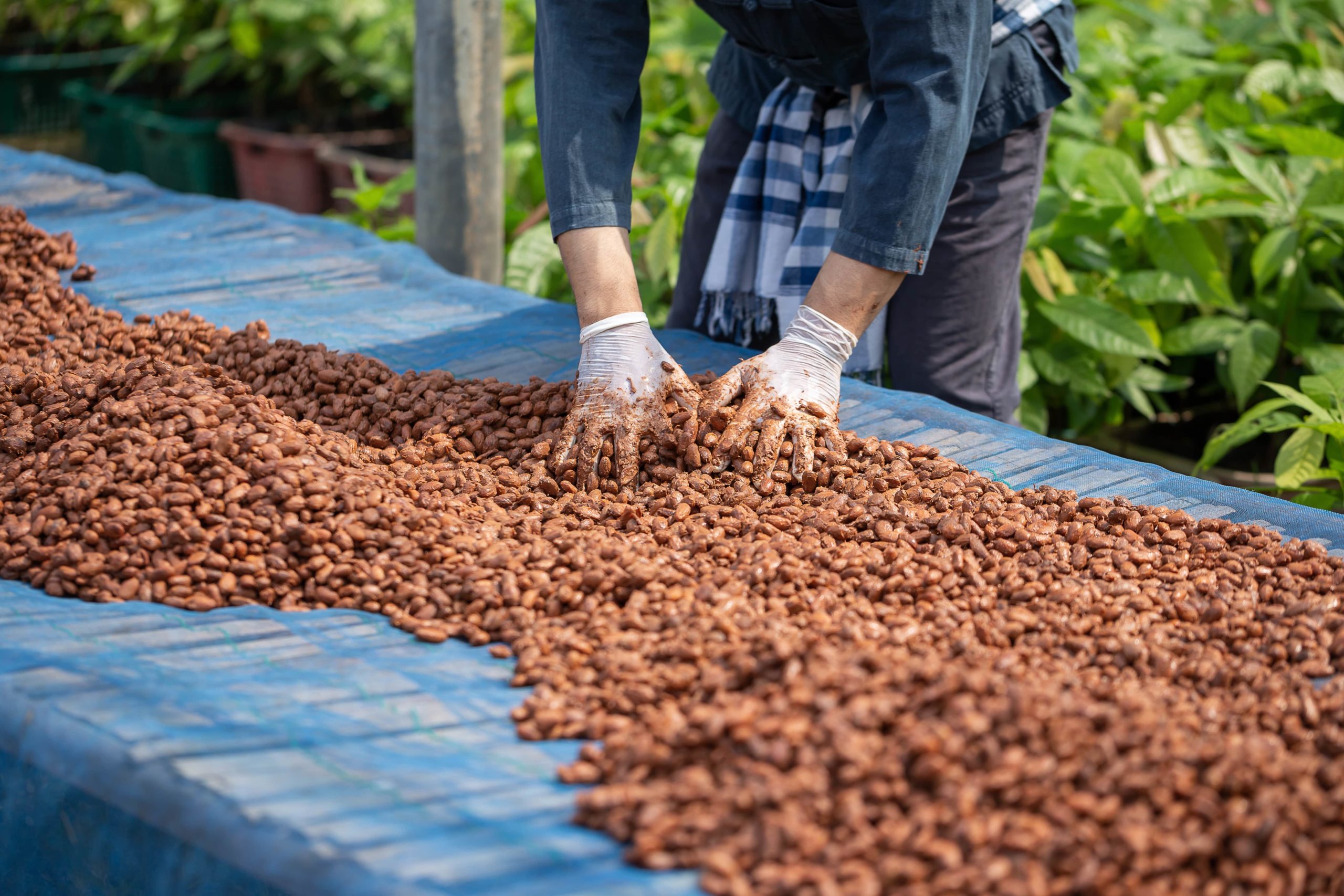Cocoa
Cocoa production chain is present in the daily lives of millions of people, since there is a large consumption of chocolate – which is the product that most stimulates the production of the cocoa fruit. In Brazil, the highlight of production comes from the South of Bahia. According to IBGE, the region is responsible for […]

Cocoa production chain is present in the daily lives of millions of people, since there is a large consumption of chocolate – which is the product that most stimulates the production of the cocoa fruit. In Brazil, the highlight of production comes from the South of Bahia. According to IBGE, the region is responsible for 70% of the cocoa produced in the country. The territory is a reference in crop production because it favors two models: Cocoa Cabruca and Agroforestry Systems (SAF) with Cocoa Cabruca. The first promotes the management of cocoa under the shade of Atlantic Forest trees, while the second integrates cocoa production with other crops. Both encourage conservation and generate a fruit that has better quality and is more resistant to pests.
Contrary to the demand generated by chocolate and by-products, a large part of the cocoa processing industry operates with idle capacity and faces challenges such as the deficit in agricultural production. Speaking specifically of Bahia, a priority region for Humanize, there are obstacles such as restoring production to the level before the witches’ broom plague (Crinipellis perniciosa). In the south of the state, production was greatly impacted in the 1990s and this harmed hundreds of families, undermining investment in cocoa cultivation. Low productivity was a consequence, reducing the income of producers and triggering other conflicts, for example, the lack of access to credit.
Pará is another corner of Brazil engaged in cocoa production and is among the priorities of Humanize. Just as Bahia, the region needs to address issues such as post-harvest processing, including fermentation and drying. The two states also have to advance in the integration between producer and industry, as well as in the cocoa tree renewal rate.
What Humanize does, to contribute with solutions, involves strengthening agroecological family farming networks. This enhances processing and circulation to supply new markets. We also support actions that involve research, financing and technical assistance. The ultimate goal is to improve the quality of life and raise the income of local families. In this sense, we join our ecosystem of partners to support associations and cooperatives of small family farmers and thus encourage inclusive entrepreneurship, market access and the availability of credit lines.





